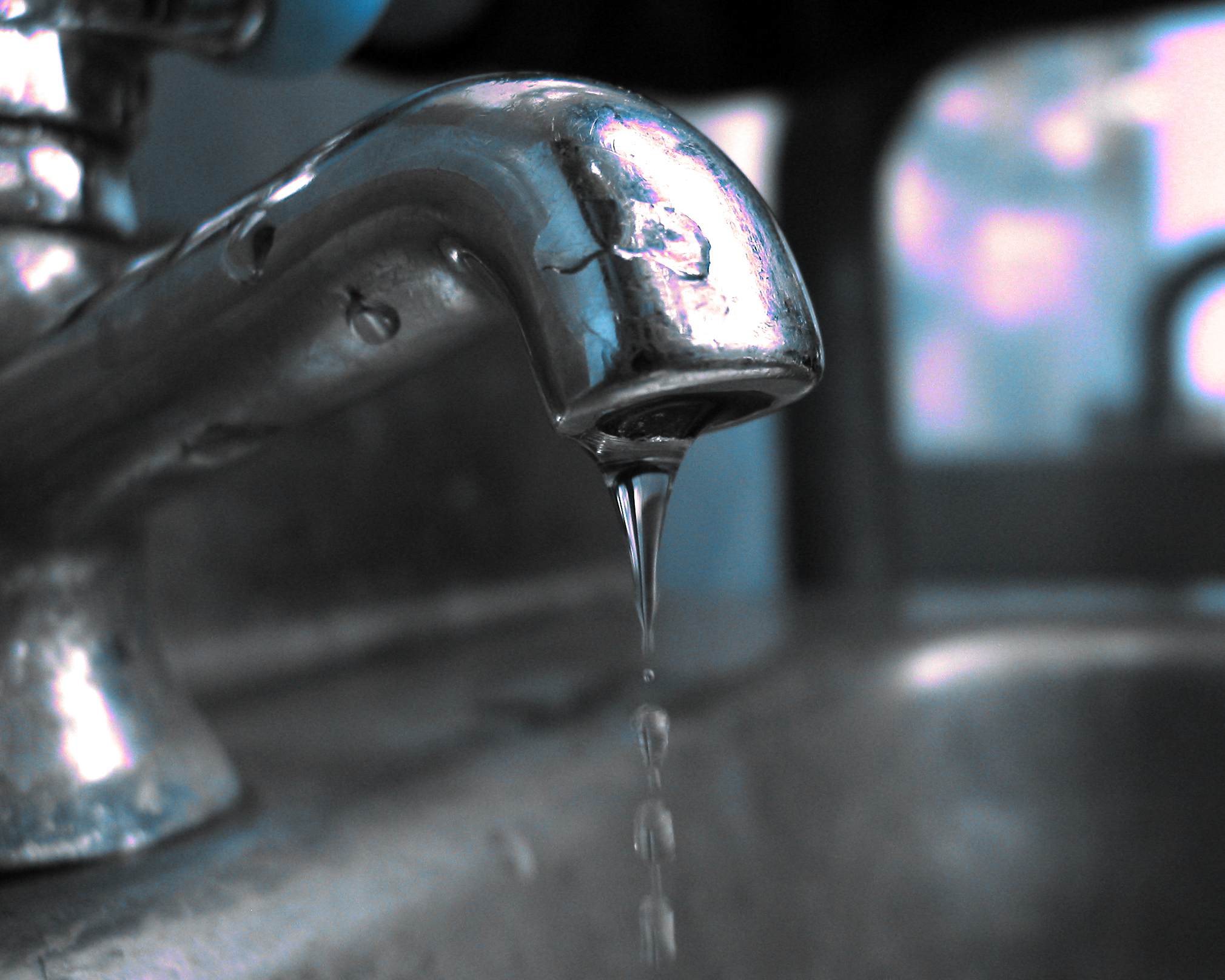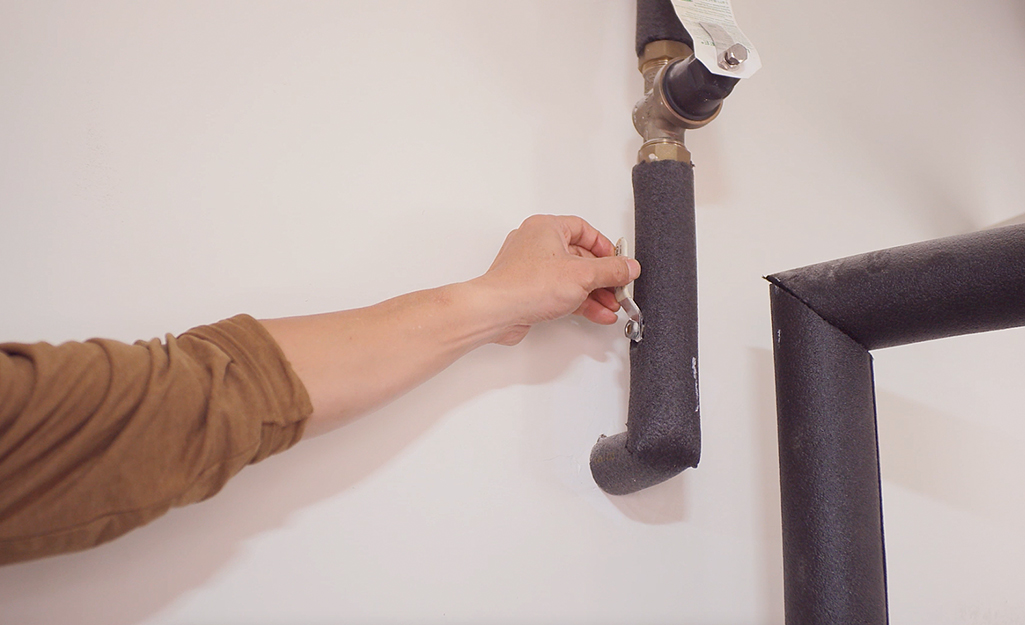An Reasons Behind Resolving a Malfunctioning Faucet
An Reasons Behind Resolving a Malfunctioning Faucet
Blog Article
We have come across this post pertaining to How to Fix a Dripping or Leaky Faucet below on the internet and thought it made good sense to quickly share it with you on this page.

Leaking taps may seem like a minor aggravation, but their influence surpasses just the nuisance of the audio. From wasting water to sustaining unneeded monetary expenses and wellness dangers, neglecting a dripping tap can lead to numerous effects. In this write-up, we'll look into why it's crucial to resolve this usual home issue promptly and efficiently.
Wastefulness of Water
Ecological Effect
Dripping taps contribute considerably to water waste. According to the Environmental Protection Agency (EPA), a single tap trickling at one drip per second can lose greater than 3,000 gallons of water per year. This not just strains water sources yet also influences environments and wild animals depending on them.
Step-by-Step Overview to Repairing a Dripping Faucet
Devices Called for
Prior to trying to fix a dripping tap, collect the essential devices, including an adjustable wrench, screwdrivers, substitute parts (such as washers or cartridges), and plumber's tape.
Common Faucet Issues and Their Solutions
Recognize the type of faucet and the specific problem causing the drip. Typical issues include worn-out washers, corroded valve seats, or malfunctioning O-rings. Refer to producer directions or on-line tutorials for detailed support on repairs.
Financial Costs
Raised Water Bills
Past the environmental effect, leaking faucets can pump up water expenses considerably. The accumulated waste in time converts into greater energy expenses, which can have been prevented with prompt fixings.
Possible Property Damage
Additionally, prolonged leaking can result in harm to fixtures and surface areas bordering the tap. Water build-up can trigger discoloration, rust, and even architectural concerns if left neglected, resulting in additional fixing prices.
Health Worries
Mold and Mildew Development
The consistent presence of wetness from a trickling tap produces an excellent atmosphere for mold and mold development. These fungis not only endanger interior air high quality however likewise position health dangers, especially for individuals with respiratory system conditions or allergic reactions.
Waterborne Diseases
Stationary water in trickling faucets can end up being a breeding place for microorganisms and various other virus, increasing the danger of waterborne conditions. Impurities such as Legionella bacteria prosper in stagnant water, possibly causing severe illnesses when ingested or inhaled.
Do it yourself vs. Specialist Repair service
Benefits and drawbacks of DIY Repair
While some might attempt to deal with a dripping faucet themselves, DIY repair services include their own collection of challenges. Without correct knowledge and devices, do it yourself efforts can intensify the issue or bring about insufficient fixings, extending the issue.
Benefits of Working With a Professional Plumber
Hiring a specialist plumber ensures that the underlying source of the dripping faucet is resolved successfully. Plumbing professionals possess the competence and equipment to diagnose and fix faucet issues effectively, saving time and minimizing the danger of further damages.
Ecological Duty
Private Contribution to Conservation
Taking responsibility for taking care of trickling taps lines up with wider initiatives toward water preservation and environmental sustainability. Every individual's actions jointly make a considerable impact on protecting valuable resources.
Lasting Living Practices
By focusing on punctual repair services and adopting water-saving behaviors, people contribute to sustainable living methods that profit both present and future generations.
Safety nets
Routine Upkeep Tips
To prevent trickling taps, do regular upkeep such as cleaning aerators, inspecting for leakages, and changing damaged components quickly. Furthermore, think about mounting water-saving gadgets or updating to much more efficient fixtures.
Importance of Prompt Fixes
Dealing with trickling taps as soon as they're observed prevents more water wastefulness and possible damage, eventually saving both water and money over time.
Impact on Residential Property Value
Understanding of Well-Maintained Residential Property
Preserving a residential or commercial property in good condition, including dealing with maintenance problems like leaking faucets, improves its regarded worth and desirability among potential buyers or lessees.
Influence on Resale Value
Properties with well-maintained plumbing fixtures, including taps, command higher resale worths in the real estate market. Addressing trickling faucets can contribute to a positive perception throughout building assessments and arrangements.
Conclusion
Attending to a leaking faucet goes beyond plain ease; it's an essential action towards conserving water, reducing financial costs, and guarding health and wellness and property. Whether via DIY repair services or professional help, taking action to deal with trickling faucets is a tiny yet impactful way to promote responsible stewardship of sources and add to a much healthier, extra lasting future.
Most Common Reasons for a Leaky Faucet and How to Stop the Drip
Whether it’s your kitchen faucet leaking or a bathroom faucet leaking, one leaky faucet can waste anywhere from three to 30 gallons of water every single day. If the constant drip-drip-drip doesn’t get your attention, your water bill will. The good news is that, by following a few simple steps, chances are pretty good you can fix the problem yourself.
Why is it dripping?
Before you start taking things apart, let’s break down some of the most common causes of a leaky faucet.
Bad O-ring.
A cartridge is a valve that controls the flow of water into the faucet spout. On cartridge faucets there’s an O-ring—the little disc attached to the stem screw that holds the faucet handle in place. If it’s loose or worn-out, it can cause your sink handle to leak. Of course, the cartridge itself could be worn out. If that’s the case, make sure you replace it with the exact same kind.
Corroded valve seat.
The valve seat connects the faucet and the spout. If the leak seems to be coming from the spout, it might be because a buildup of water sediment has corroded the valve seat.
Worn-out washers or seals.
A leaky spout could be caused by a bad washer that rests against the valve seat. It’s just a matter of time before friction takes its toll. It could also be the wrong size washer or one that’s been installed incorrectly. Water sediments can also corrode inlet and outlet seals.
Water pressure.
If the faucet only drips now and then, or when you turn the handles a certain way, you should probably check your home’s water pressure.
Loose or broken parts.
The adjusting ring and packing nuts in the stream screw can become loose over time, causing your sink handle to leak. Try tightening or replacing the packing nut. If the leak is coming from the pipes underneath the sink, you probably have a broken pipe or fitting. If that’s the case, you should definitely call a plumber.
Know your faucet.
Faucets come in a variety of types. Each one has its own assembly—and its own possible causes of leaks. Learning about the four most common kinds of faucets will help you know how to take them apart and make any repairs.
How to stop a leaky faucet
Fixing that leaky faucet doesn’t have to take a lot of time, money, or expertise. It’s usually a simple matter of replacing a worn-out washer or gasket, a loose O ring, or another part. Chances are really good you can do this yourself if you follow these simple steps.
Shut off the water.
Before you tackle the faucet, cut off the water supply to the sink. There should be one valve for hot and one for cold. Hand-turn them clockwise with your hands till they close. If there are no valves under the sink, head to the basement and shut off the main water supply to the house. Then turn on the faucet until it empties out the water that’s still in the line and you’re ready to start. It’s a good idea to cover the sink drain with a plug or a rag so you don’t lose any small pieces and parts while you’re working.

As an avid person who reads on , I imagined sharing that topic was worth the trouble. Do you know somebody else who is enthusiastic about the topic? Take a moment to promote it. Thank you so much for your time spent reading it.
Report this page